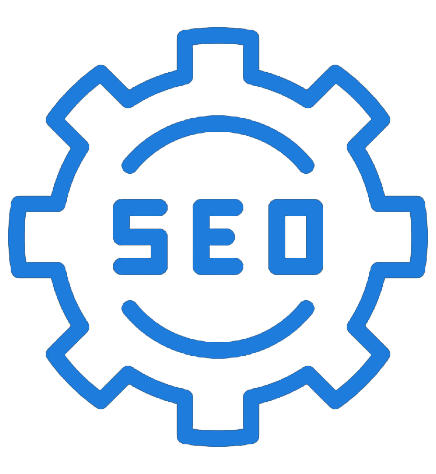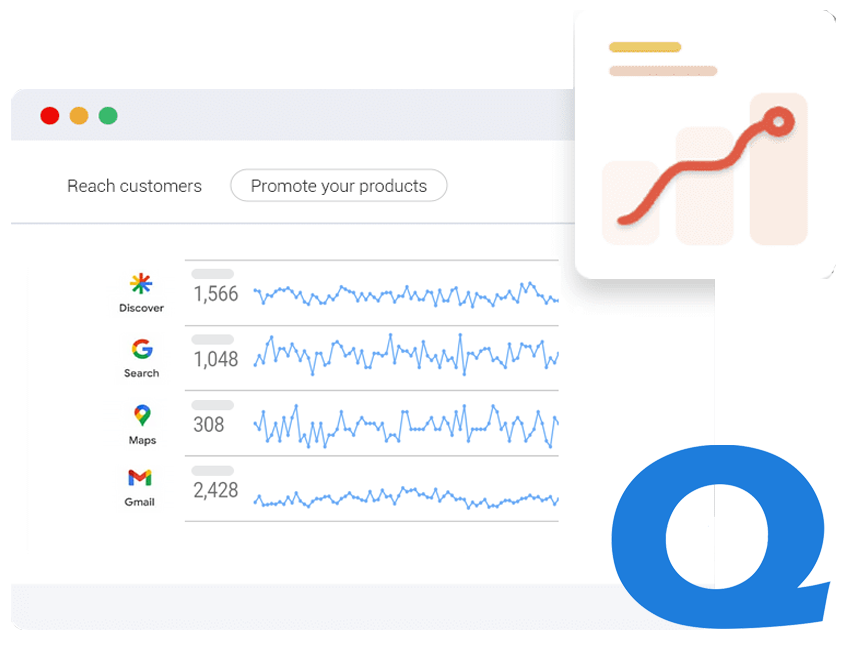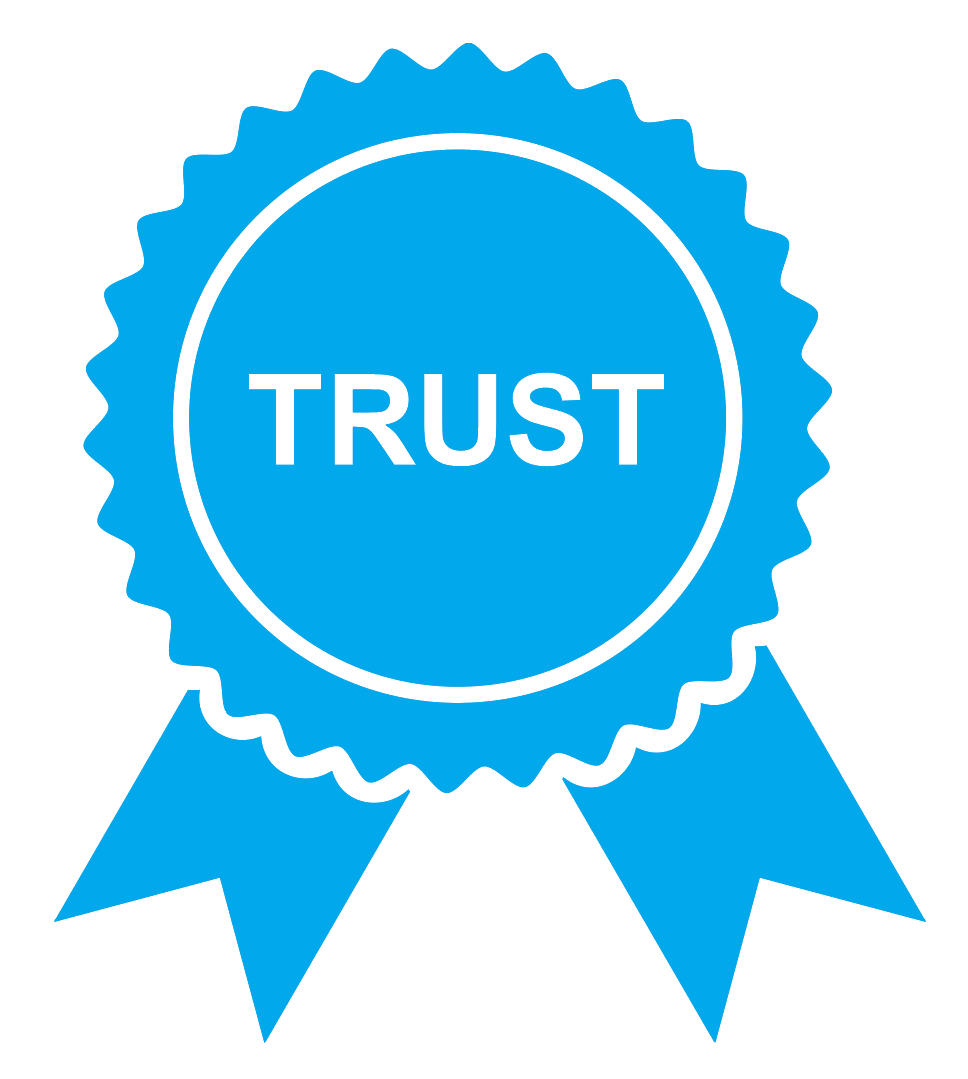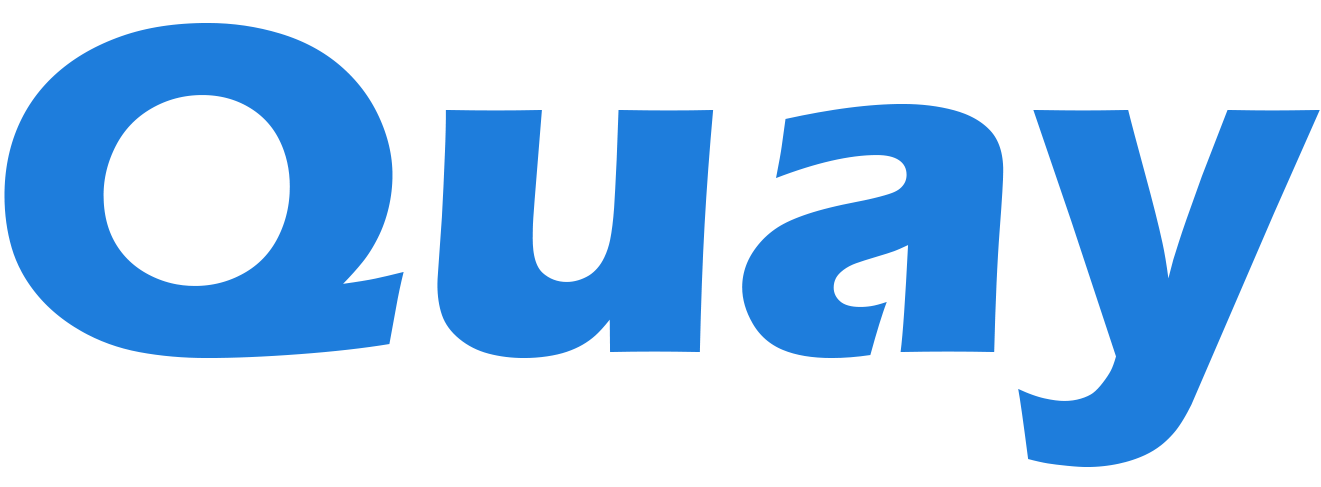Technical SEO
Lets talk about Technical SEO.
We provide Technical SEO services in the UK as a seprate service or part of our SEO serives package.
So what is Technical SEO? Let us explain below

We Ensure Your Site Is Crawlable and Indexable
Search engines use bots (crawlers) to scan websites. If they can’t crawl your site, they can’t rank it. So here is what we focus on when we talk about technical SEO.
We keep our good stuff Hush, Hush!

Key Steps
- Check robots.txt
- Ensure you’re not accidentally blocking important pages. Use `/robots.txt` to manage crawler access, but don’t block pages you want indexed.
- Use XML sitemaps
- Create and submit an up to date XML sitemap in Google Search Console. This helps Google find and understand your site’s structure.
- Avoid orphan pages
- Every page should be linked from at least one other page.

Optimise Site Architecture
A clear, logical structure helps both users and search engines navigate your site.
Best Practices:
- Flat hierarchy
- Ideally, every page should be reachable within three clicks from the homepage.
- Use breadcrumbs
- Implement breadcrumb navigation for better UX and improved crawlability.
- Internal linking
- Distribute link equity using strategic internal links. This also helps with content discoverability.

Improve Website Speed and Performance
Page speed is a confirmed Google ranking factor and essential for user satisfaction.
Techniques:
- Compress images
- Use next gen formats (e.g., WebP) and optimize file sizes.
- Minify CSS, JavaScript, and HTML
- Reduce unnecessary code to improve load times.
- Use a CDN Content Delivery Networks reduce latency and speed up global access.
- Enable caching
- Browser and server side caching reduce load on repeat visits.

Make Your Site Mobile Friendly
Mobile first indexing means Google primarily uses the mobile version of your site for ranking.
Checklist:
- Responsive design
- Ensure your site adapts to all screen sizes.
- Avoid intrusive interstitials
- Pop ups and ads that block content can hurt rankings.
- Test with Google’s Mobile Friendly Tool
- Identify and fix issues that affect usability on mobile.

Use HTTPS for Security
Security is a trust factor for users and a ranking factor for Google.
Action Steps:
- Install an SSL certificate
- Serve your site over HTTPS.
- Redirect HTTP to HTTPS
- Set up 301 redirects and update internal links.
- Fix mixed content
- Ensure all resources are loaded securely.

Fix Crawl Errors and Broken Links
Crawl errors disrupt indexing and hurt the user experience.
How to Fix:
- Monitor Google Search Console
- Check for crawl errors, 404s, and server issues.
- Set up custom 404 pages
- Improve UX with helpful links or search functionality.
- Use tools like Screaming Frog
Scan your site regularly for broken internal and outbound links.

Implement Structured Data
Structured data (Schema Markup) helps search engines understand your content better and can improve SERP appearance.
Use tools like Google’s Rich Results Test to validate your schema markup.
Common Schema Types:
- Article
- For blog posts and news content.
- Product
- For ecommerce pages, including price and availability.
- FAQ and How To
Can generate rich results and higher click through rates.

Canonicalisation and Duplicate Content
Clean and descriptive URLs are both user and SEO friendly
.
Guidelines:
- Keep URLs short and readable
- Avoid long strings of numbers or parameters.
- Use hyphens to separate words
- Google recommends hyphens over underscores.
- Include target keywords
- But avoid keyword stuffing.

Monitor Technical SEO Continuously
Duplicate content confuses search engines and splits ranking signals.
Solutions:
- Use canonical tags
- Declare a preferred URL for similar content.
- Avoid duplicate metadata
- Make title tags and meta descriptions unique for each page.
- Manage URL parameters
- Use Search Console’s parameter tool or canonical tags appropriately.

Enhance Website Accessibility
Accessibility ensures your site is usable by everyone, including those with disabilities. It also supports SEO through better structure and usability.
Key Actions:
- Use semantic HTML
- Help screen readers and search engines understand layout and content.
- Add descriptive alt text
- Describe the function or content of each image.
- Ensure color contrast
- Text should be readable against backgrounds for all users.
- Support keyboard navigation
- Ensure all interactive elements are accessible via keyboard.
- Label forms properly
- Use
Tools to Check Accessibility:
WAVE (Web Accessibility Evaluation Tool)
A free, visual tool that highlights accessibility errors directly on the page. Great for spotting issues like missing alt text, contrast problems, and ARIA misuse.
Google Lighthouse
Provides an accessibility score and detailed audit within your browser. Checks for ARIA roles, labels, contrast, and semantic structure.
Axe DevTools
A browser extension that scans for accessibility violations. Trusted by developers and enterprise teams.
Accessibility Insights
An open source tool by Microsoft with fast, automated checks and guided manual testing.
Tenon
Offers automated accessibility testing via a web interface or API. Great for development pipelines.
Siteimprove Accessibility Checker
A Chrome extension and enterprise platform that audits for WCAG compliance with clear explanations and fix guidance.
Pa11y
A command line tool ideal for developers who want to integrate accessibility tests into CI workflows.
AChecker (Accessibility Checker)
Allows you to check HTML pages against WCAG 2.0 guidelines. Offers detailed, categorized issue reports.
While content is king, technical SEO is the infrastructure that supports it. A technically sound site enables better visibility, user experience, and long term SEO success.
By following the principles outlined above, we ensure that your site not only ranks well but also provides an exceptional experience for visitors and search engines alike.
Your Project Our Process
Share Your Goals
We’ll schedule a call to understand your business, audience, and objectives. No jargon, just clear questions. We’ll define the scope and provide a clear price.
Sign the Agreement
Once we align on goals, we’ll send a straightforward contract outlining terms, costs, and deliverables.
Deep Dive & Plan
We analyse your competitors, forecast ROI, and create a tailored strategy. You can approve every step or trust us to handle everything for you.
Launch & Optimise
Launch & Optimise: Your campaigns go live. We monitor, tweak, and report weekly to ensure maximum results.

Every step is transparent, collaborative, and designed to give you confidence in your investment.
How We Beat Any SEO Agency

Building Trust With Transparency
At Quay Marketing, transparency means giving you real data in real time. You’ll always know how your campaigns are performing and exactly where your budget is going.

No Jargon, No Smoke Just Facts
We keep it simple and straight. No buzzwords, no fluff just clear reporting, honest performance insights, and strategies you can actually understand.

Customers Recommend Us For a Reason
Our clients value results, fast responses, and a team that’s invested in their success which is exactly why they keep coming back and refer others.
Quay Marketing can outperform traditional digital marketing agencies by offering a more personalised, hands on approach with faster communication, greater flexibility, and lower overhead costs.
Unlike agencies that juggle multiple clients through layered teams, Quay Marketing manages every aspect of your digital marketing directly ensuring consistency, accountability, and deep focus on your specific goals.
This often results in more agile strategies, quicker adjustments, and better value for money, especially for small to mid size UK businesses looking for real results without paying for big agency mark ups.





